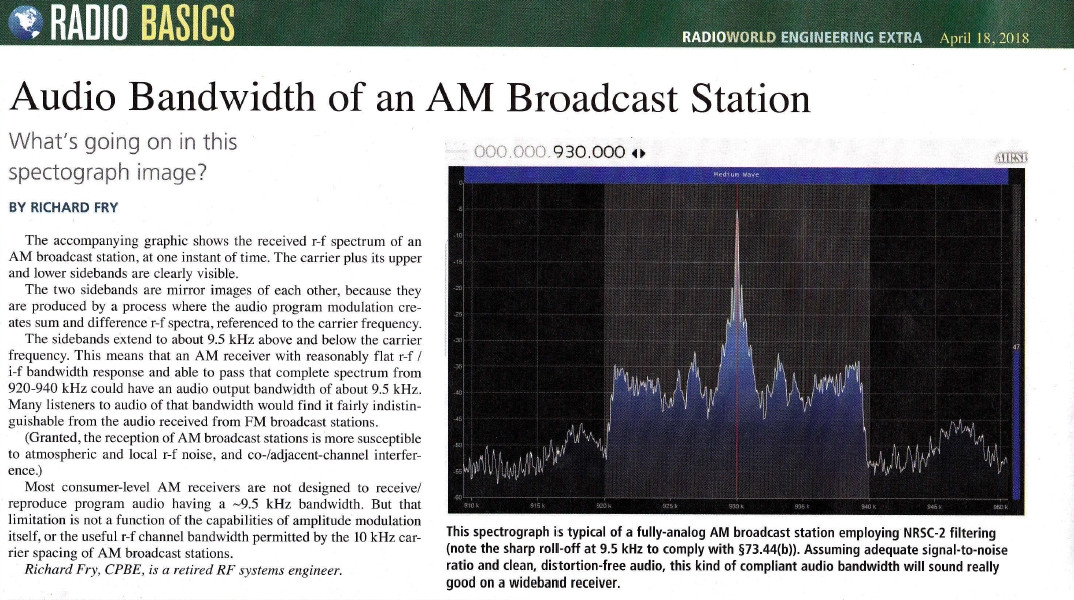I'm studying for A-level now. I have read some other posts explaining how the sidebands generated after the carrier wave is modulated. So, if there is sideband frequency, the frequency isn't constant, right? However, they have written that there is constant frequency for amplitude modulated wave on the book, so which one is right?
Also, there is a question (text below) asking for the frequency of carrier wave according to the graph showing the amplitude modulated radio wave carrying a signal, and the question can be solved by counting the number of modulated wave in certain time. Does it mean that the frequency of AM wave is constant and same as the frequency of carrier wave or we can find out the frequency because the sidebands cancel each other out?
If a radio station carries music, the wave transmitted by the radio station will differ from the wave shown in Figure 33.3. There is only one signal frequency present in the signal in Figure 33.3. Music consists of many, changing frequencies superimposed so that it has a more complex wave pattern. The amplitude of the carrier wave will change as the music pattern changes. The carrier wave frequency does not change but the amplitude of the trace will change with time.
In amplitude modulation (AM), the frequency of the modulated wave is constant. The amplitude of the modulated wave is proportional to, and in phase with, the signal.







